Equipment
Club builder secrets to hitting exact specs

Building golf clubs is as much art as it is science. Physics and precise measurements dictate final specs from a fitting, but getting everything to actually fit together is what separates professional club builders from the wannabes—it’s problem-solving at the highest level.
What separates the great professional builders from the rest is their understanding of how each OEM designs and assembles clubs, and how those components relate to each other—it’s the secret sauce. Whether it be understanding how to weight specific heads, or how to properly shim or sand shafts to get everything to fit as precisely as possible, these are the top club building secrets to hitting exact specs.
Tip weights
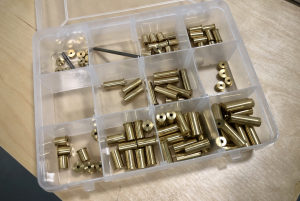
Clubhead weights are rarely ever perfect, and because of that, tip weights are needed to get them dialed in. When head weights are bang on, it’s generally because they were handpicked by a boutique component supplier. This doesn’t mean club heads are poor quality, it just shows that OEMs are doing everything they can to help golfers on both ends of the over and under length spectrum get the right clubs. By intentionally having heads be 4-5g under standard length required head weight, builders need to add less weight to get to spec, and when building overlength, it prevents clubs from becoming too heavy.
The only time you will generally find heads that are too heavy is when working with one-piece forged irons meant for the Japanese market. Since those clubs are often built under North American standard length, the club heads are heavier to help keep swing weights in line.
So, the next time you find tip weights in a set you are pulling apart, consider it a good sign that whoever built them took the time to get club head specs correct.
Shaft weights and tipping
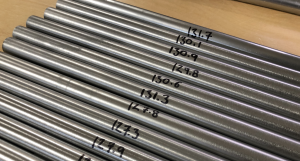
In the world of shafts, the higher-end you go the tighter the specs—you truly get what you pay for. The perfect example is True Temper Dynamic Gold Tour Issue X100 shafts. They aren’t any different than standard X100 shafts except for the fact that they go through the extensive process of being weight sorted down to .5g on either side 130 grams. This allows the shafts to play extremely close to the intended flex and allow for easier swing weights and total weight specs to be achieved.
When shafts are within manufacturer tolerance but need to be tweaked, this is where the skill and knowledge of a club builder become invaluable. A quick trim of a 1/4″ can dial in flex to fit in line with the rest of the set. The end goal of a club builder is to make every club feel like your favorite club—and sorting and tipping are a big part of that.
When using parallel shafts, club builders will first weight sort lightest to heaviest to determine the best order to install those shafts into the set—this takes more time but creates a much more balanced set at the completion of the build. Indeed, all of these steps take more time but are crucial when building clubs at the highest level.
Shims/hosel diameters
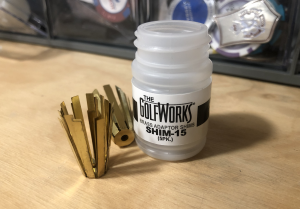
Shafts come in four distinct sizes; .335″ and .350″ for woods and .355″ (taper) and .370″ (parallel) for irons. As for club heads, it’s not quite that simple. Some companies use universal hosels to allow for both taper and parallel shafts to be used in irons and when it comes to woods there are a few OEMs that have slightly tapered hosel designed to be used in conjunction with a collared ferrule (if you don’t understand what a collared ferrule is, check out the video below).
By knowing when to use shims to get a shaft to fit into a hosel—or in the more rare case when to sand down a graphite shaft it fit into a tapered hosel —llows more shaft options to the golfer and in the end, can provide a better club option not available through a traditional channel.
Grip specs
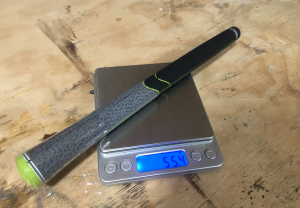
Just like shafts, grips have manufacturing tolerances for weight. Generally, it is plus/minus 1.5-2g on either side of the target weight. This is still very good when you consider how much a standard size grip weighs but at the extreme levels a grip still has the potential to throw off a set’s final spec. Just like with parallel shafts, professional club builders will go through the process of weighing out grips and designate them to specific clubs in the set before final assembly.
Although I can’t speak for every OEM, I know for a fact that after receiving grips from a supplier, Titleist goes the extra step by sorting grips into 3 categories and handpicks those bunched grips to build sets. It may seem minor, but when building clubs to exacting specifications, every gram matters.
To discuss this and other club building topics make sure to check out the GolfWRX Club Building Forum
- LIKE97
- LEGIT8
- WOW2
- LOL0
- IDHT1
- FLOP3
- OB0
- SHANK4
Whats in the Bag
Chesson Hadley WITB 2024 (March)
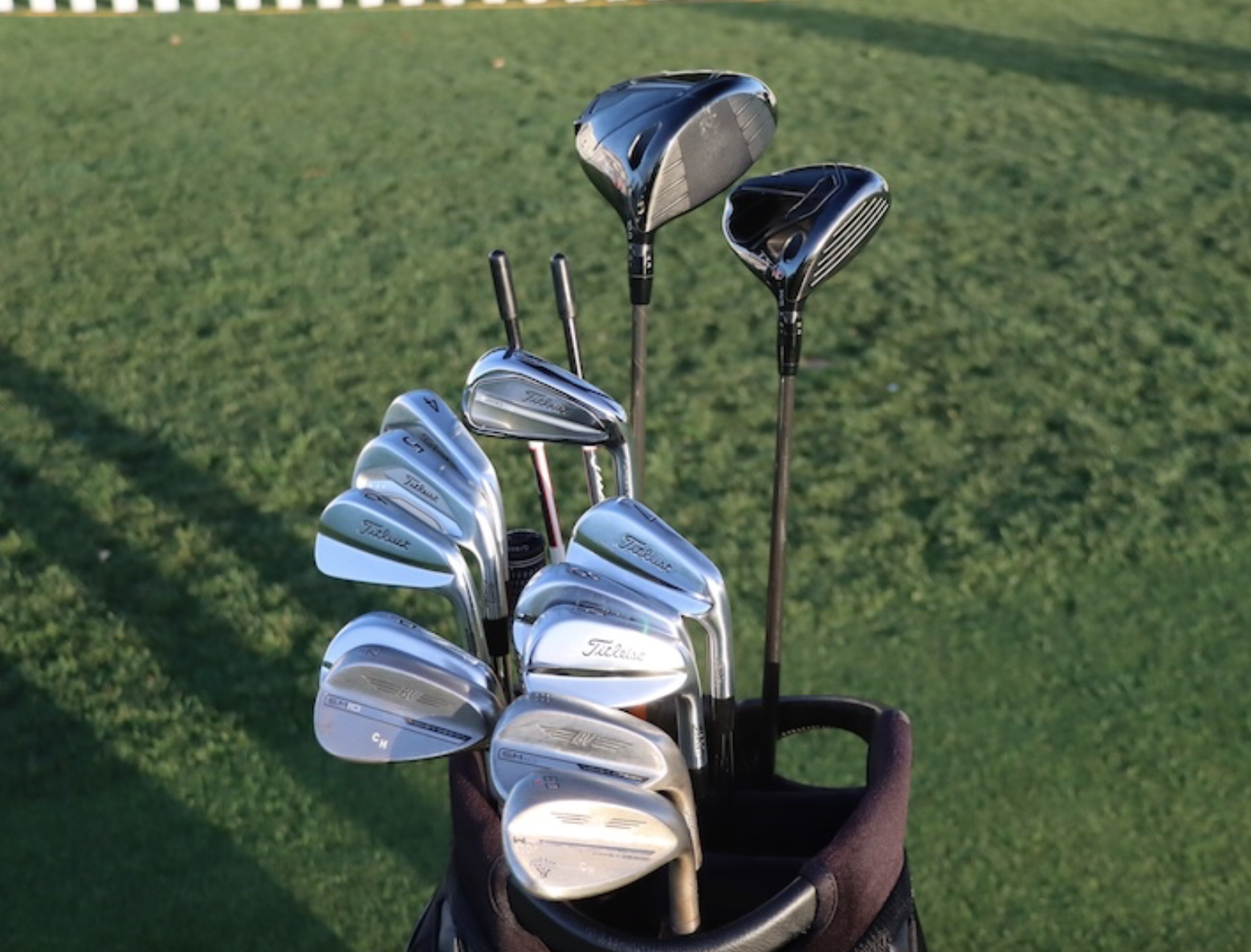
- Chesson Hadley what’s in the bag accurate as of the Texas Children’s Houston Open. More photos from the event here.
Driver: Titleist TSR3 (10 degrees, D1 SureFit setting)
Shaft: Mitsubishi Diamana D+ 70 TX
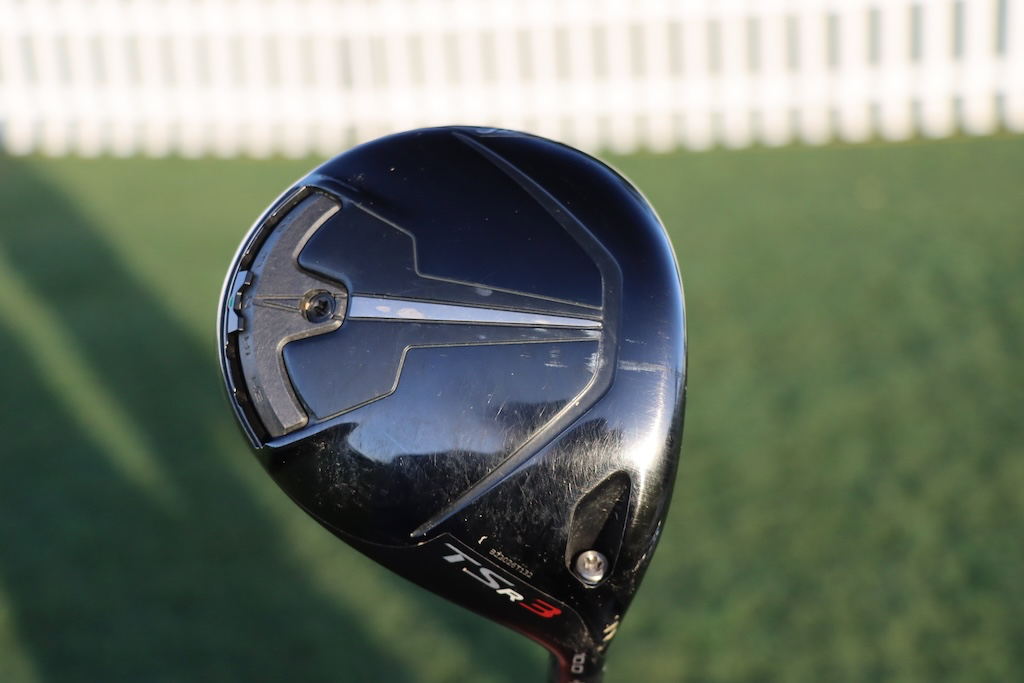
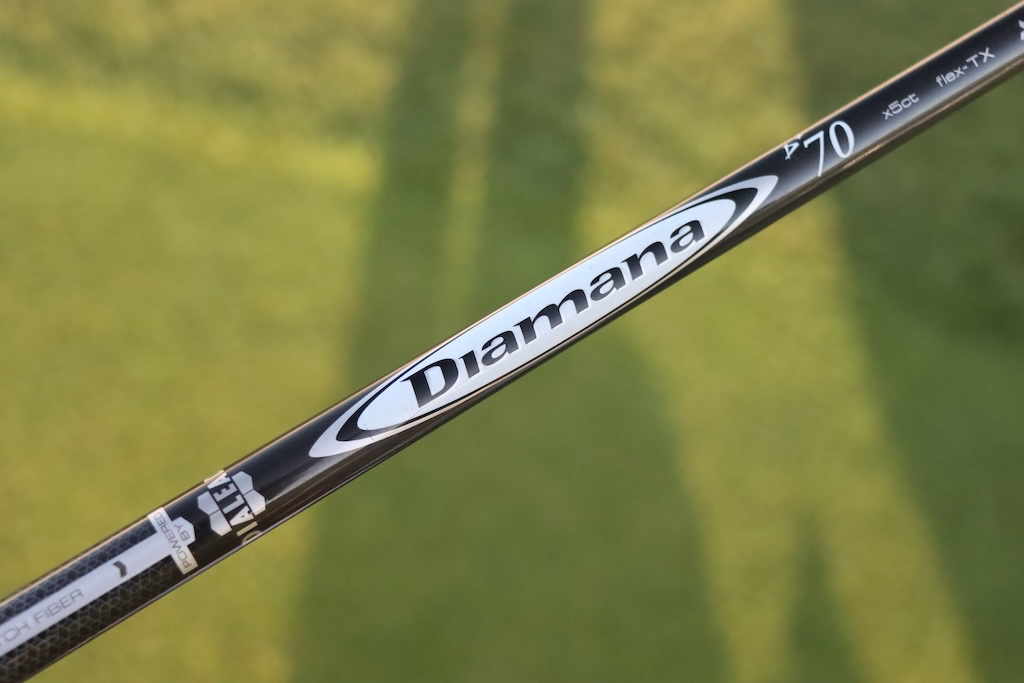
3-wood: Titleist TSR2+ (14.5 degrees, A1 SureFit setting)
Shaft: Mitsubishi Diamana D+ 80 TX
Irons: Titleist T200 (3), Titleist 620 CB (4, 5), Titleist 620 MB (6-PW)
Shafts: Graphite Design Tour AD DI 105 X (3), True Temper Dynamic Gold Tour Issue X100 (4-PW)
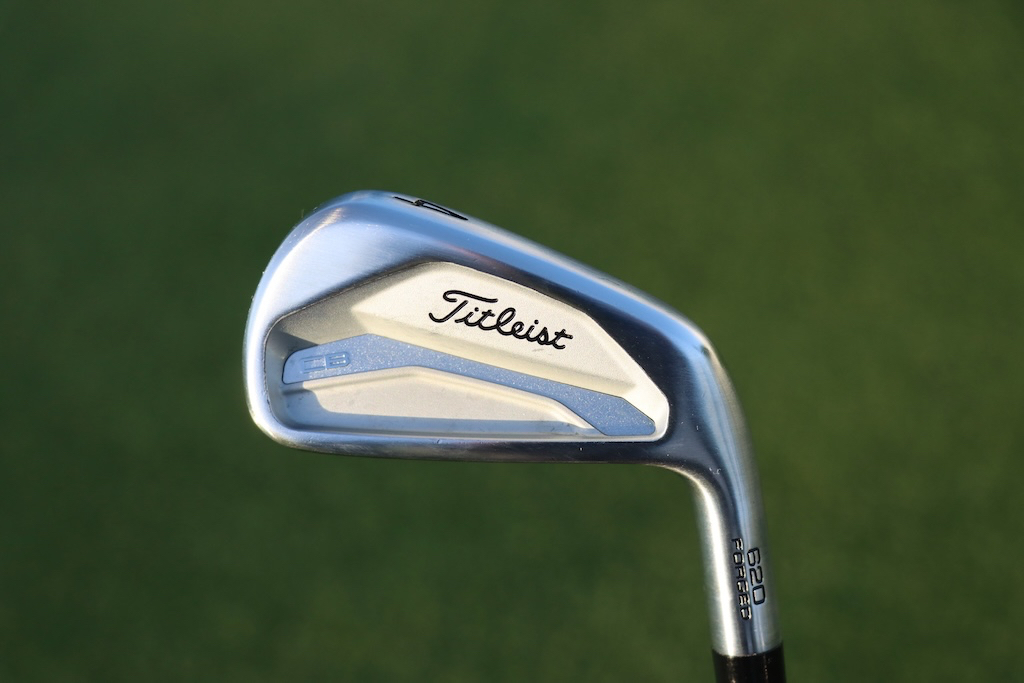
Wedges: Titleist Vokey Design SM10 (52-12F, 56-14F), WedgeWorks (60-K)
Shafts: True Temper Dynamic Gold Tour Issue S400
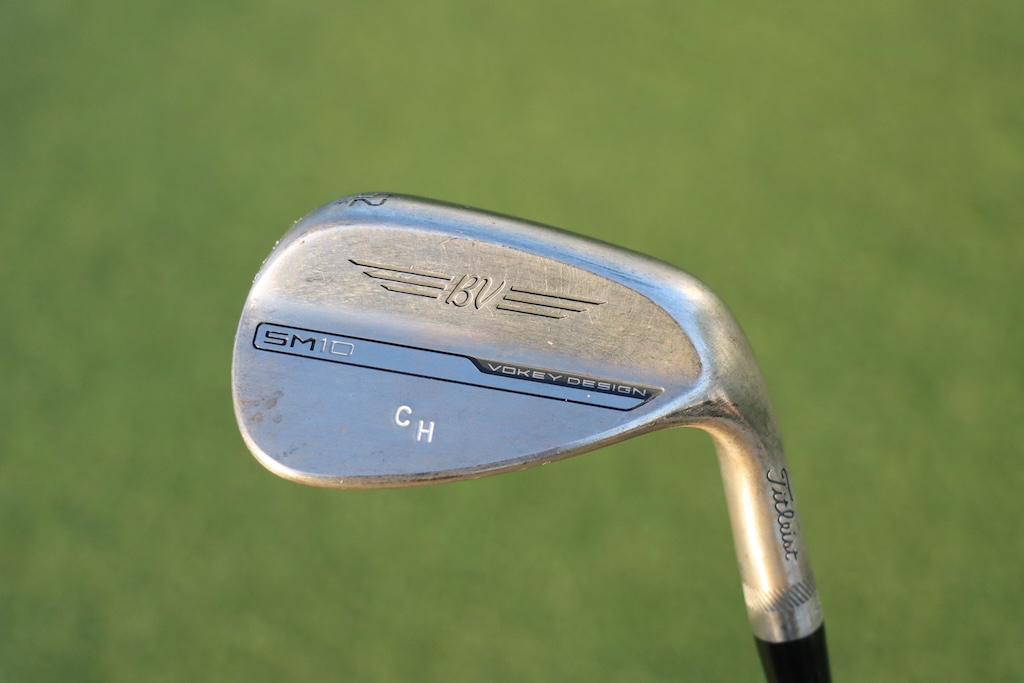
Putter: Odyssey White Hot OG 2-Ball
Grip: Odyssey
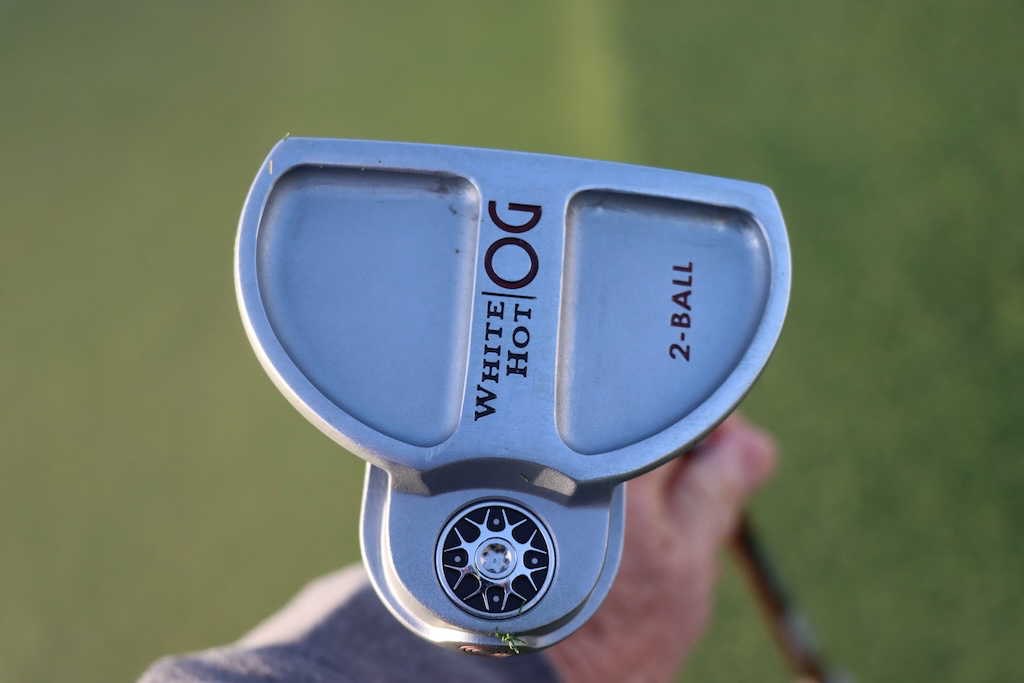
Grips: Golf Pride Tour Velvet
Ball: Titleist Pro V1x
Check out more in-hand photos Chesson Hadley’s clubs here.
- LIKE0
- LEGIT0
- WOW0
- LOL0
- IDHT0
- FLOP0
- OB0
- SHANK0
Whats in the Bag
Gary Woodland WITB 2024 (March)
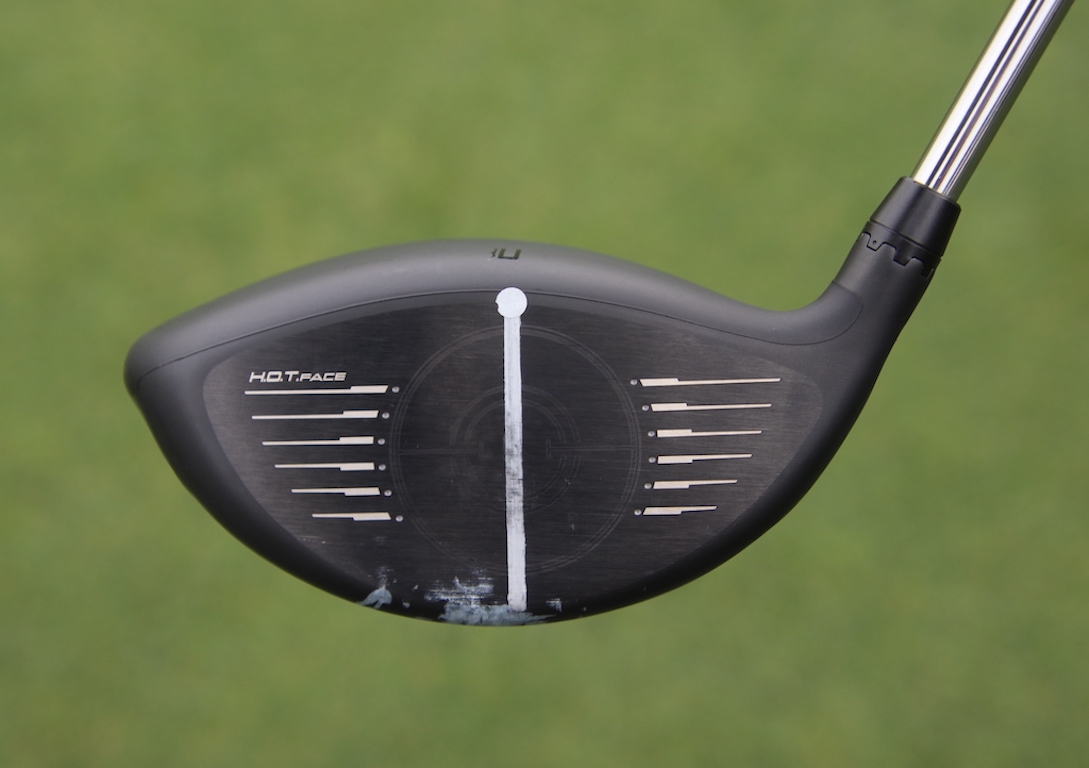
Driver: Cobra Darkspeed X (8 degrees)
Shaft: Accra TZ5 70 M5
- The white circle that appears at the top of the face a removable sticker that’s used for launch monitor tracking, and Woodland removes it for competition!
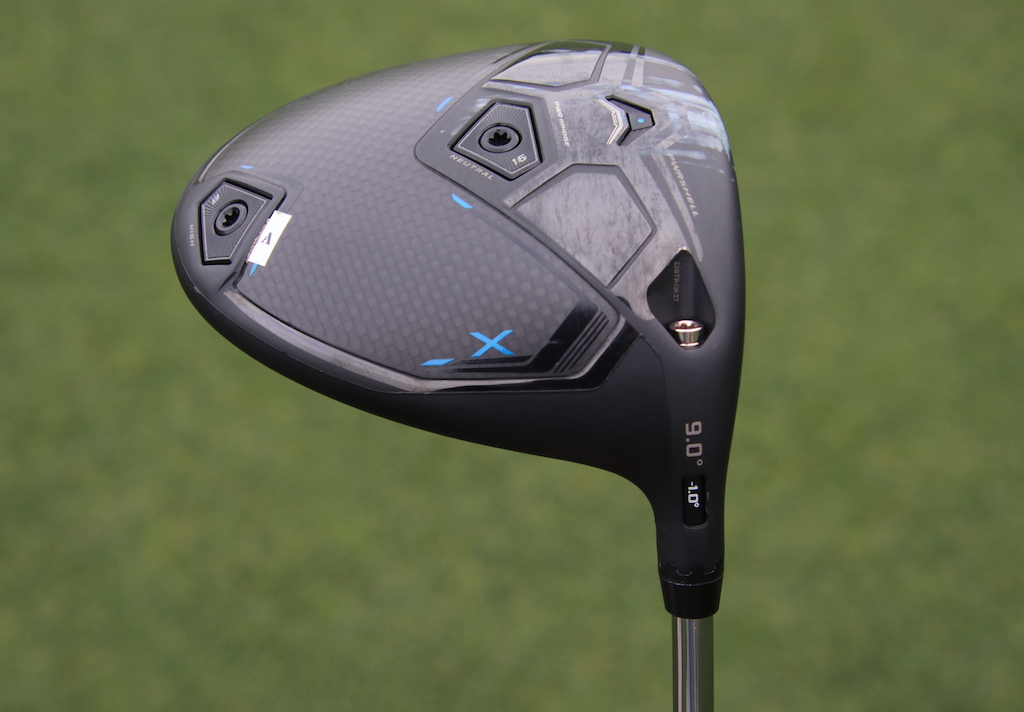
3-wood: Cobra Darkspeed X (14 degrees)
Shaft: Accra TZ5 GW100 Prototype
7-wood: Cobra LTDx LS prototype (20 degrees)
Shaft: Accra TZ5 GW100 Prototype
Irons: Wilson Staff (18 degrees), Cobra King MB (4-PW)
Shafts: KBS Tour C-Taper Limited X
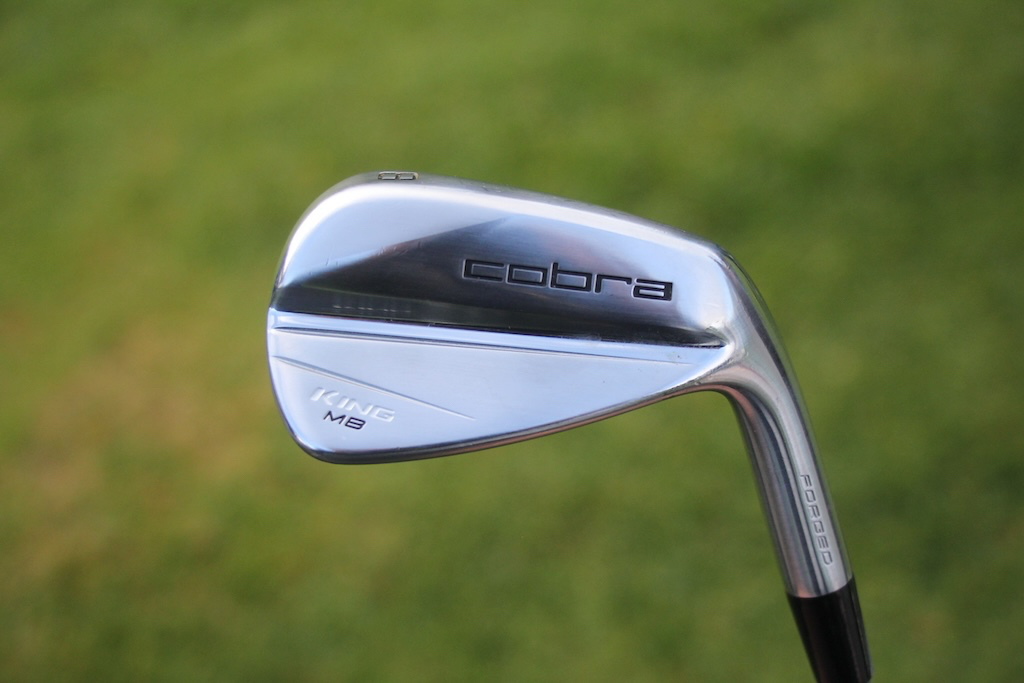
Wedges: Cobra SB (48), Titleist Vokey Design SM10 (52-08F, 56-14F), Cobra King (60)
Shafts: KBS Tour C-Taper Limited X (48 degrees), KBS Tour V-Ten 125
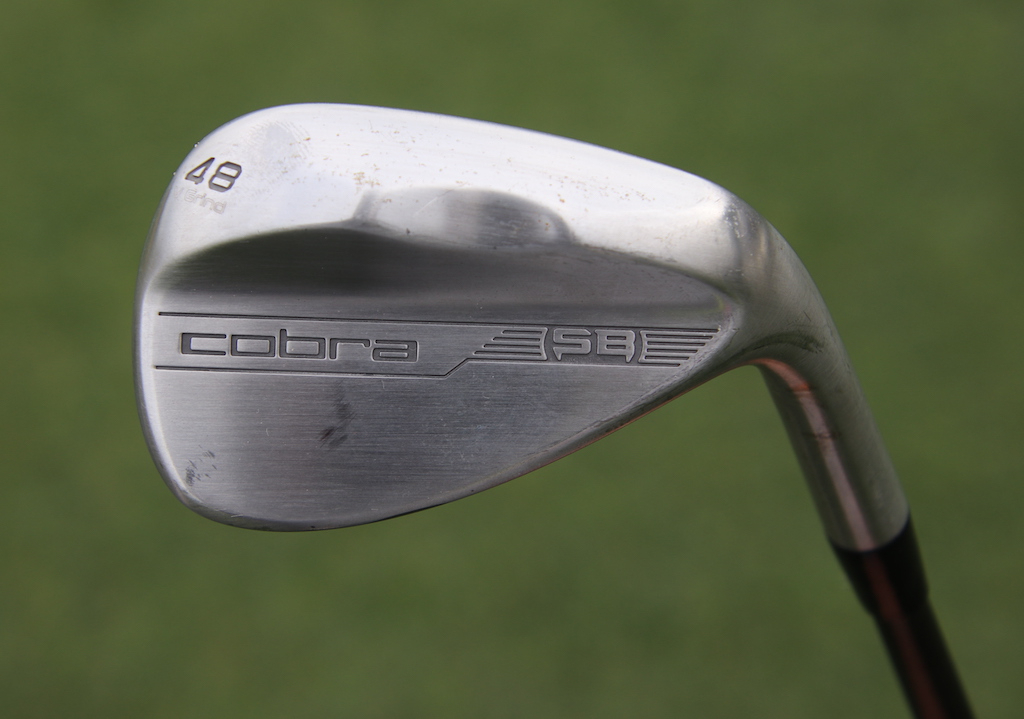
Putter: Scotty Cameron T-5 Proto
Grip: SuperStroke Zenergy Tour 3.0P
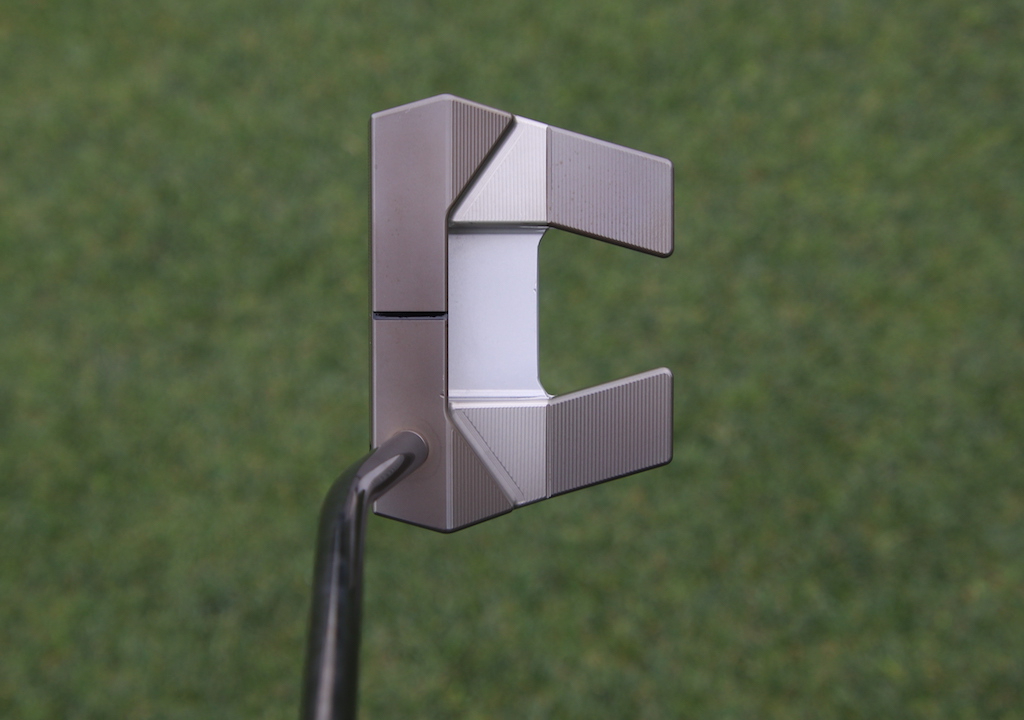
Ball: Titleist Pro V1x
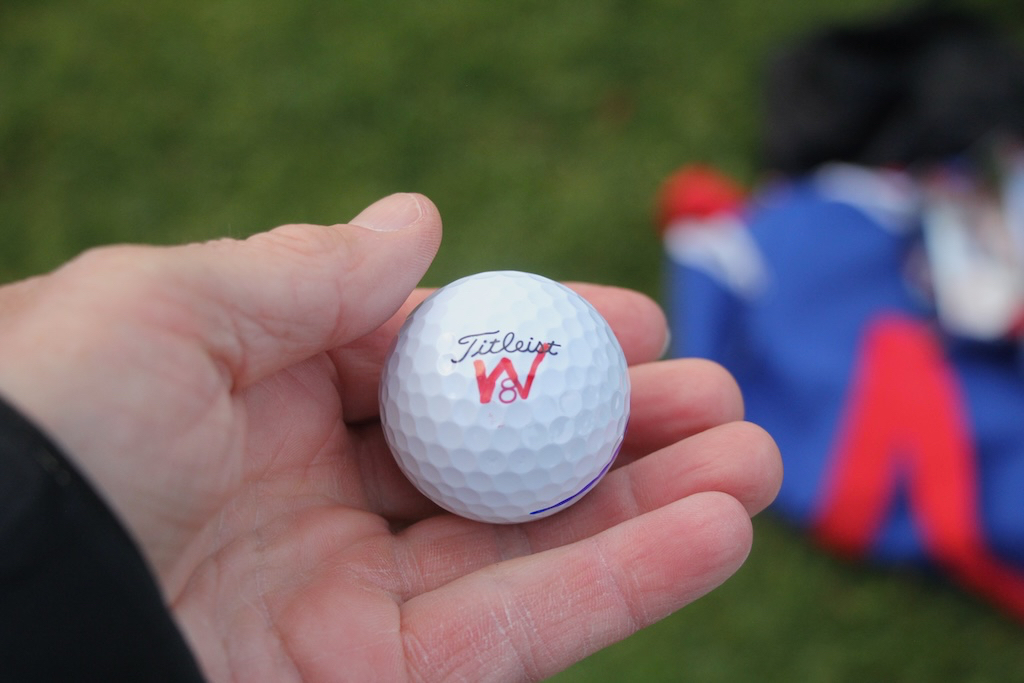
Grips: Golf Pride Tour Velvet Cord
See more in-hand photos of Gary Woodland’s WITB in the forums.
- LIKE0
- LEGIT0
- WOW1
- LOL0
- IDHT0
- FLOP0
- OB0
- SHANK0
Equipment
Q&A: Martin Trainer on his Bobby Grace “Greg Chalmers” putter, 6.5-degree driver, and “butter knife” 2-iron
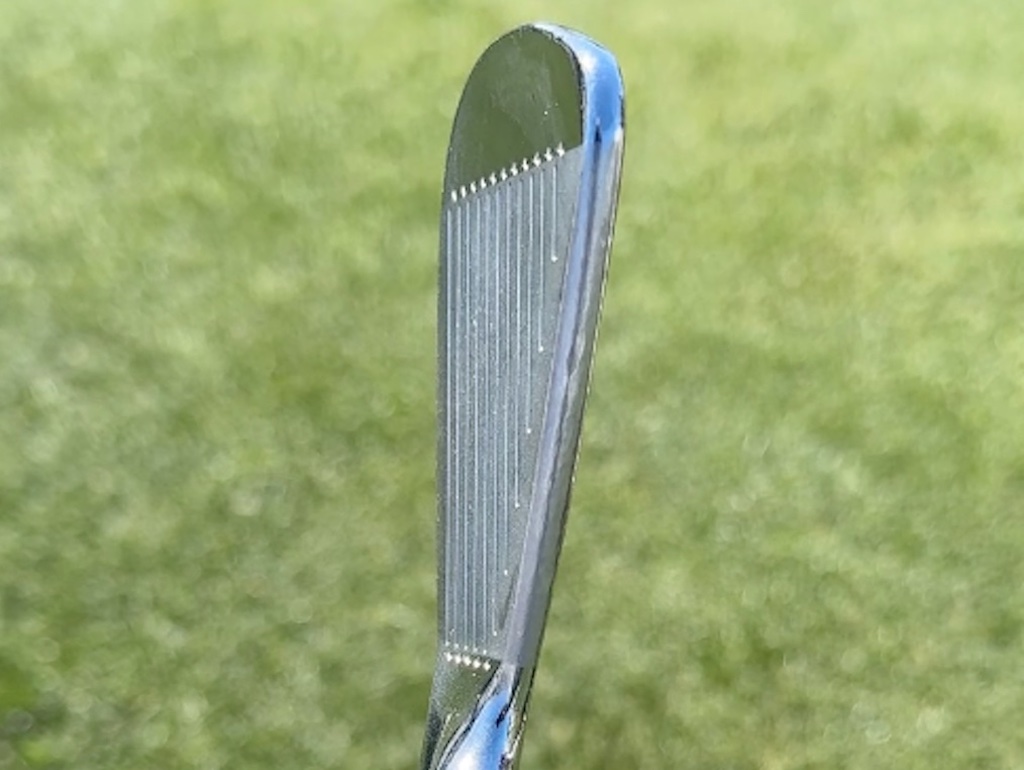
As unbiasedly as I can put it, Martin Trainer has one of the coolest club setups in professional golf. (At some point soon, I’ll put together a top-10 list of “coolest club setups on Tour,” but I know that Trainer will be in the top-10)
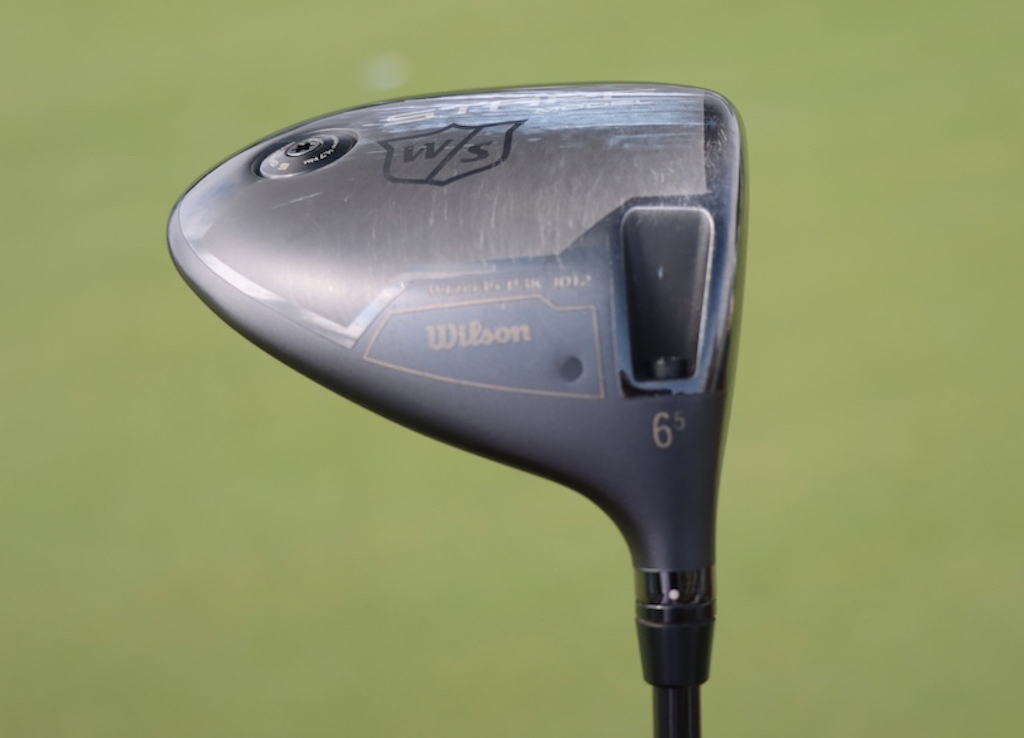
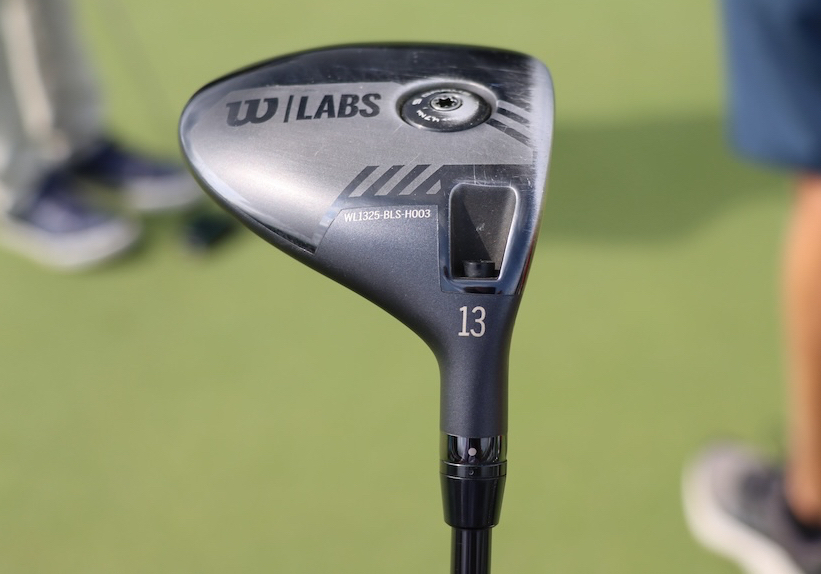
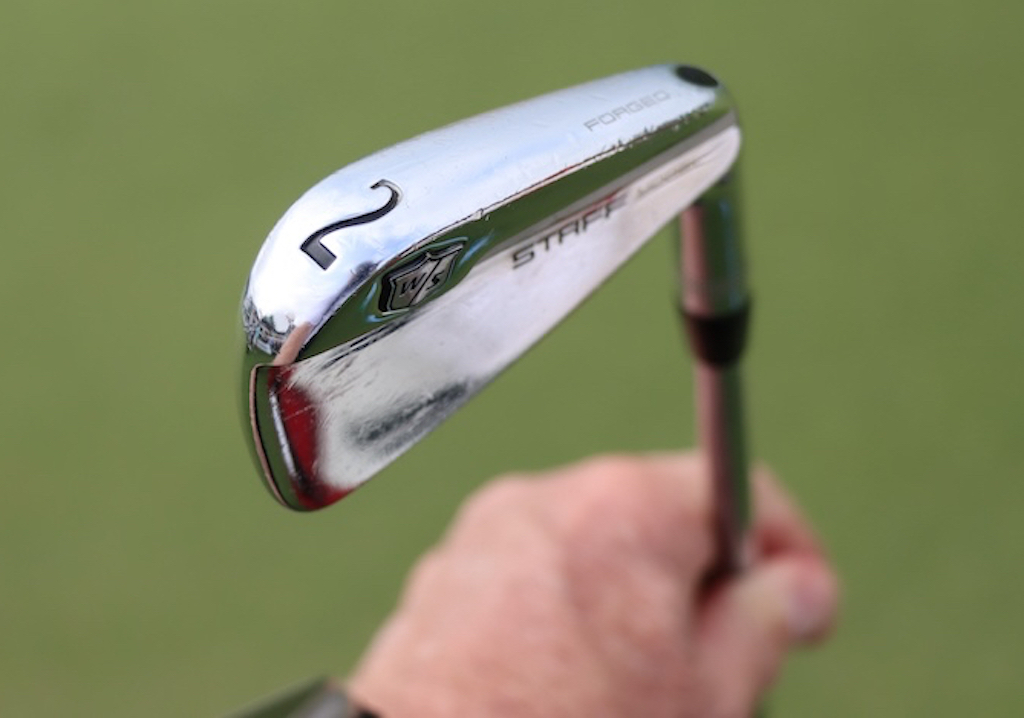
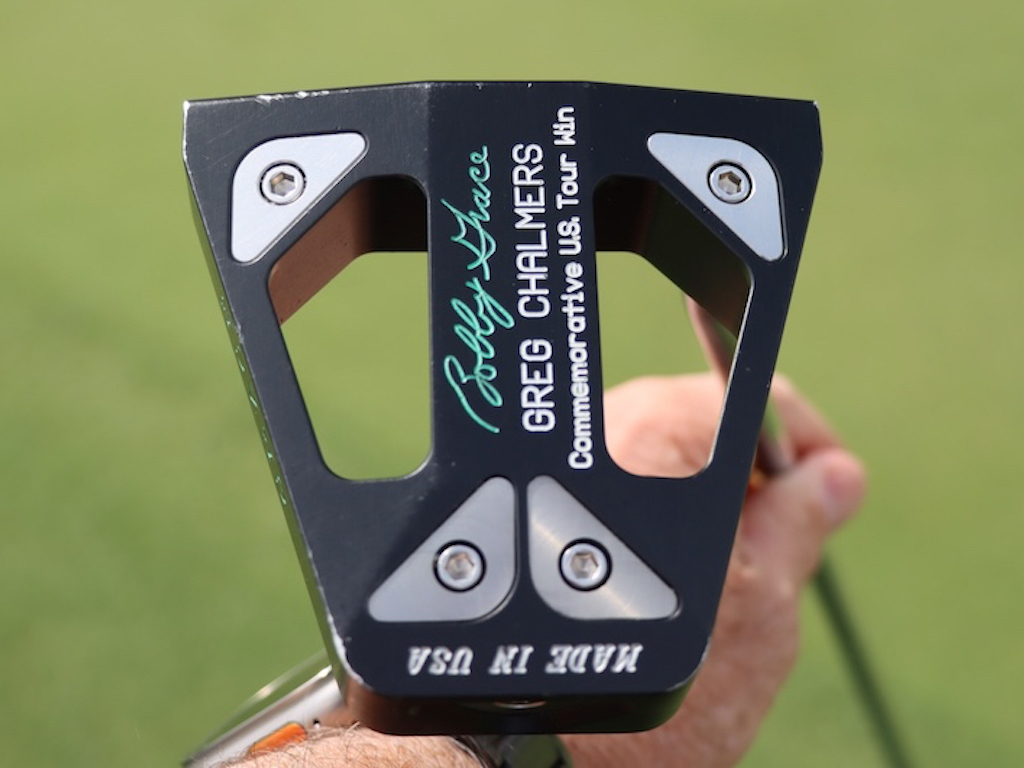
What a lineup. He plays a 6.5-degree Wilson prototype driver, a 13-degree Wilson prototype 3-wood, a true blade Wilson Staff Model 2-iron, and a Bobby Grace “Greg Chalmers Commemorative” putter!
View this post on Instagram
I mean, look at this 2-iron from address…
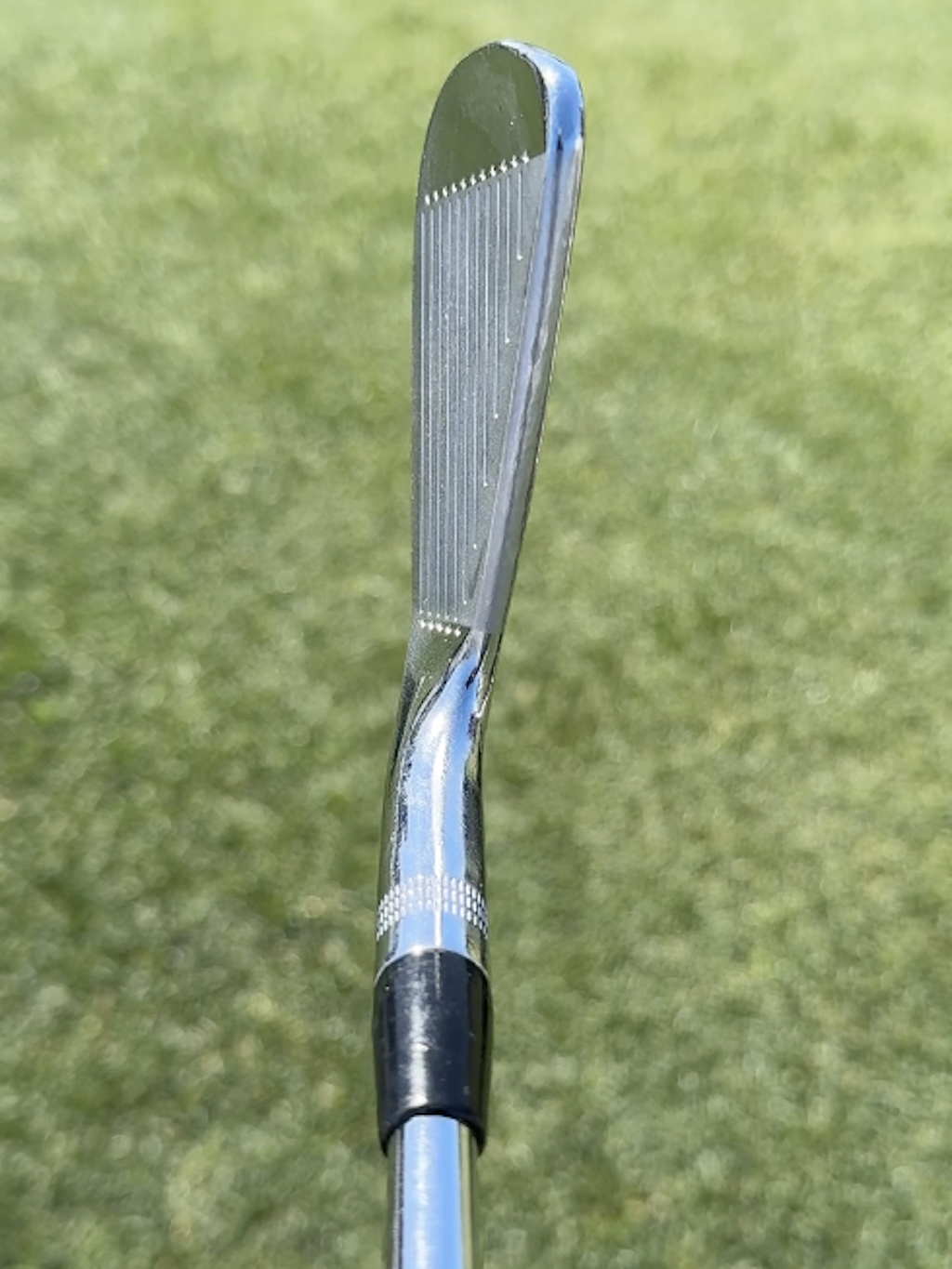
To quote the great author R.L. Stine: “Goosebumps.”
On Wednesday at the 2024 Texas Children’s Houston Open, I caught up with Trainer to learn more about his bag setup.
Here’s what he had to say:
You have the Internet going crazy over your bag setup, and your putter. Where’d you pick the Bobby Grace-Greg Chalmers putter up? How long have you had it?
MT: This was from when Bobby Grace came to my course in California: Cal Club. And for whatever reason, they just started having them in the shop. So then I took my buddy’s, started using it, and made, like, a million putts in a row, which is how every putter story begins, I guess.
And then, I bought a couple of my own, used it for years, got to the Tour with it, won on Tour with it (the 2019 Puerto Rico Open). Then, about a year later, started using another putter, did that for a couple years, but now it’s back in the bag.
When did it come back in the bag?
MT: December of this past year. So a few months ago.
What year would you say was the first time you threw that in the bag, or, like, when you bought it?
MT: God…Probably, 2016, maybe? 2018?
Do you remember how much you paid for it?
MT: I don’t know, actually. Maybe $100-150 bucks or something. I think that’s the only golf club I’ve bought between high school and now. Well, two, since I bought two of them.
The driver is interesting, too. What went into the prototyping process?
MT: That was a version of the current driver, but it was the prototype that they first came out with for Tour guys to try. And for whatever reason, I just never switched out to the new one.
It’s just 6.5 degrees, right?
MT: Yeah. Very low loft, yeah.
What kind of ball speed do you have with that these days?
MT: Like high 170’s.
Yeah, that’ll work. And then a 2-iron blade? We’re seeing fewer and fewer of those out here.
MT: Yeah. The butter knife.
Very cool thing to have in the bag. Have you done any testing with driving irons?
MT: Yeah, I used to have a thicker one, but it was a little offset, and I never hit it that well. And then finally, I started messing around with the butter knife. And I remember the first time I looked down at it, I was terrified. And then I ended up getting used to it, putting it in play, and it’s been in place since. It’s a pretty good club for me.
How far do you carry that?
MT: Like 235.
A good little wind club, I’m sure.
MTL Yeah, exactly. I can hit it very low. It’s great.
I love it. You have people shook looking at that. Thanks for the time, man.
MT: Absolutely.
To see more photos and discussion of Trainer’s bag, click here.
- LIKE18
- LEGIT4
- WOW1
- LOL1
- IDHT0
- FLOP0
- OB0
- SHANK0
-

 19th Hole3 days ago
19th Hole3 days agoJohn Daly stuns fans into silence with brutal opening tee shot on PGA Tour Champions
-

 19th Hole1 week ago
19th Hole1 week ago2-time major champ announces shock retirement from the sport at age of 33
-

 19th Hole1 week ago
19th Hole1 week agoEdoardo Molinari reveals the latest PGA Tour golfer to turn down ‘good offer’ from LIV Golf
-

 19th Hole1 week ago
19th Hole1 week agoScottie Scheffler had an interesting response when asked how he ‘quiets the noise’ following Players victory
-

 Equipment2 weeks ago
Equipment2 weeks agoBest driver 2024: The best driver for you, as recommend by expert club fitters
-

 19th Hole1 week ago
19th Hole1 week agoJon Rahm dealt fresh blow to hopes of qualifying for 2025 Ryder Cup
-

 19th Hole3 days ago
19th Hole3 days agoCharlie Woods finds it tough going on American Junior Golf Association debut
-
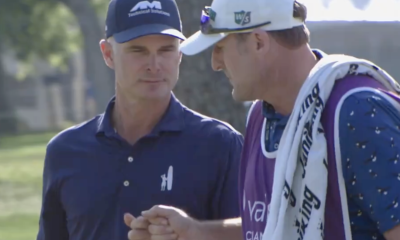
 19th Hole6 days ago
19th Hole6 days agoWhy Kevin Streelman sought USGA approval to use this equipment tool as he leads Valspar after round one



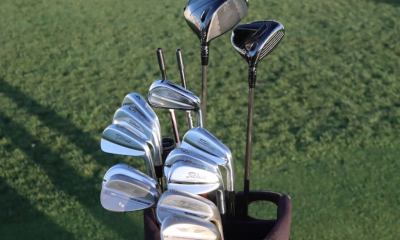

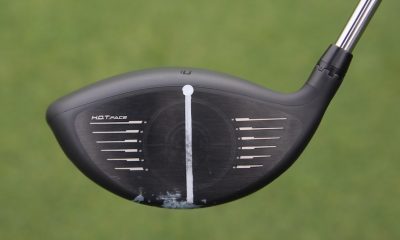



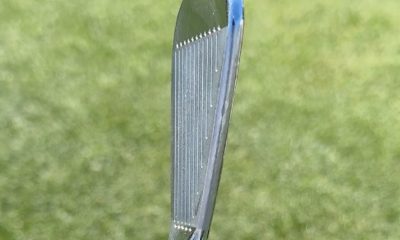

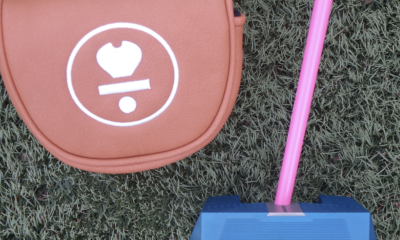

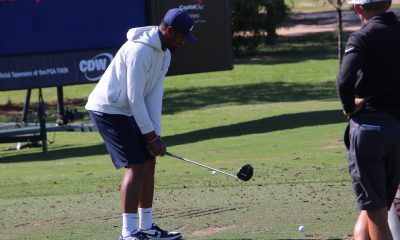











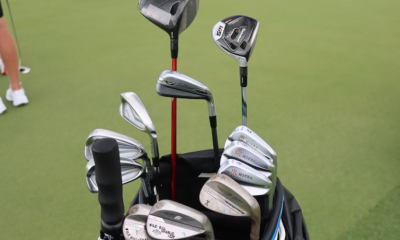

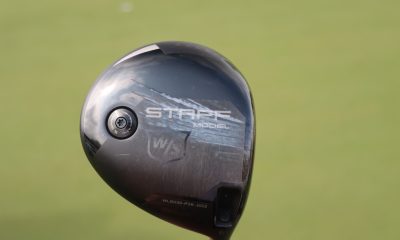

Rob
Apr 15, 2021 at 12:05 am
I am currently building a set of Apex 19s. The inconsistency between heads is surprising. I understand the heads get heavier through the set, but the weight differences aren’t consistent. The 5i, 7i, and 9i are heavier by a large margin. It took some time to figure out correct tip weights to create both consistent swing weights and overall club weights for the set.
Shallowface
Jun 2, 2020 at 10:08 am
Another tricky thing regarding grips that many people ignore is how much the shaft tapers in the butt section. Some shafts don’t taper at all, and other shafts taper significantly. It particularly affects the grip size under the trail hand, and considering how often these days a set will have a number of different models of shafts one can end up with a variety of grip sizes throughout the set if one isn’t careful to address this, whether in the initial build or when regripping.
Nathan
Jun 1, 2020 at 7:12 pm
Ryan is the best club builder I’ve ever run into…guy knows his stuff.